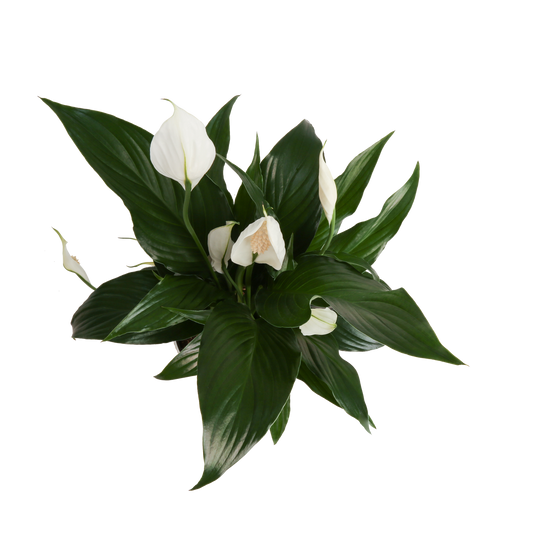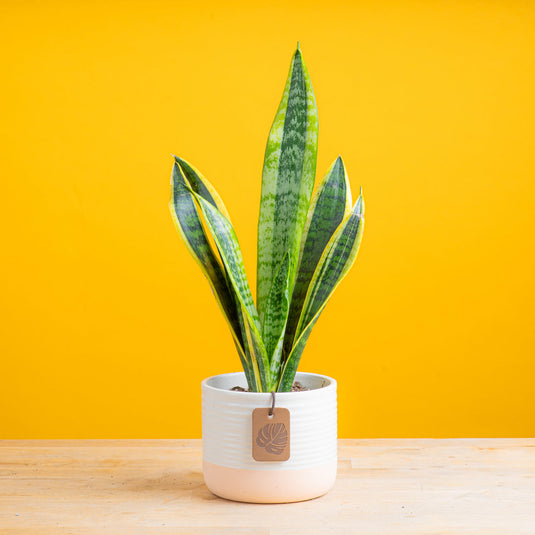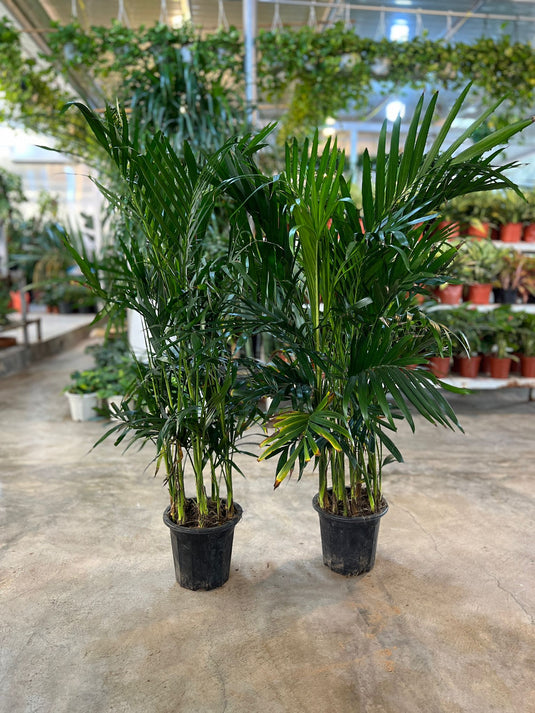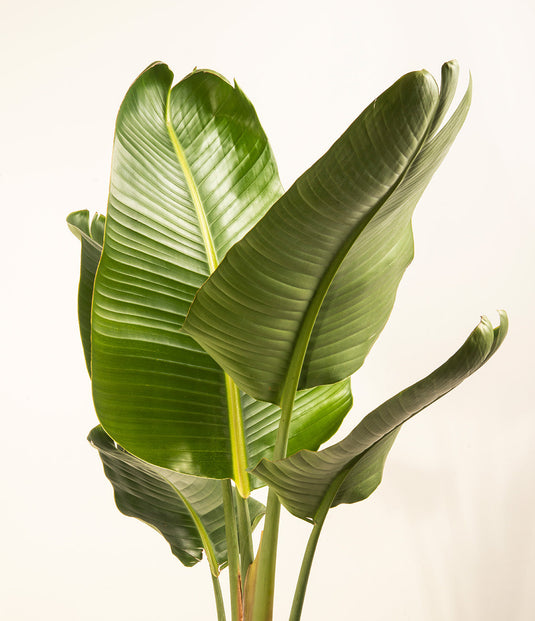Tiger Striped Pebbles
- Healthy Arrival Guarantee
- Free Plant Care Consultation
- Safe & Secure Payment

We will send you a notification as soon as this product is available again.
-
Estimated delivery: Dec 27 - Dec 31
-
Free return within 7 days of purchase.
Plant Description
Tiger striped pebbles are distinctive stones characterized by their unique striped patterns, typically featuring a combination of earthy tones like brown, black, and beige. The global market for decorative stones, including tiger striped pebbles, is projected to reach USD 66 billion by 2030.
5 key Benefits of Tiger Striped Pebbles
1. Unique Aesthetic Appeal
Tiger striped pebbles offer a striking visual element that enhances the beauty of gardens and outdoor spaces. According to a study by the University of Florida, unique color patterns can attract attention and increase property value.
2. Effective Drainage Properties
These pebbles support excellent drainage, preventing water accumulation and promoting healthy soil conditions. Research from the American Society of Civil Engineers highlights that using decorative stones improves drainage efficiency in landscaping.
3. Versatile Usage
Tiger striped pebbles can be utilized in various applications, including garden paths, decorative borders, and in water features. The National Association of Home Builders emphasizes that versatile landscaping materials enhance usability and aesthetic appeal.
4. Low Maintenance Requirements
Tiger striped pebbles require minimal upkeep, allowing homeowners to enjoy their beauty without extensive maintenance efforts. A study from the University of California indicates that low-maintenance materials are preferred by many homeowners.
5. Eco-Friendly Choice
As a natural product, tiger striped pebbles contribute to environmentally friendly landscaping practices. Studies indicate that natural stones can enhance biodiversity and promote sustainable gardening.
Disadvantages
· While tiger striped pebbles are visually appealing, they may experience gradual color changes over time.
· The density of tiger striped pebbles can make installation and transportation more labor-intensive.
· Tiger striped pebbles may not provide the same level of cushioning as softer materials for certain landscaping uses.
· Debris and dirt may be more noticeable on the surface, necessitating occasional cleaning to maintain aesthetics.
· These pebbles can absorb heat, which may affect nearby plants in extremely hot weather.
Frequently Asked Questions
1. Are tiger striped pebbles environmentally friendly?
Yes, tiger striped pebbles are a natural material that supports sustainable landscaping practices.
2. Can I use tiger striped pebbles in water features?
Yes, tiger striped pebbles are suitable for use in water features, adding a unique aesthetic.
3. Will tiger striped pebbles attract pests?
No, tiger striped pebbles do not attract pests, making them a safe choice for landscaping.
4. Is it easy to install tiger striped pebbles?
Yes, tiger striped pebbles are relatively easy to install, although careful planning is essential for optimal results.
5. Do tiger striped pebbles retain heat?
Yes, tiger striped pebbles can absorb heat, which may influence the temperature of nearby soil and plants.
Final Verdict: Should I Buy Tiger Striped Pebbles?
Yes, purchasing tiger striped pebbles is a valuable investment due to their unique aesthetic appeal, versatile applications.
Plant Care
Watering
Water your plant once a week or when the soil starts to feel slightly dry on the surface. Keep the soil consistently moist, but be careful not to overwater, as this can cause brown spots and leaf drop. If the leaves become curly or dry, it's a sign that the plant needs water. It's best to water your plant in the early morning or late evening when the temperatures are cooler. Always check the soil before watering.
Light
Provide bright indoor light or indirect sunlight for about 6 to 8 hours a day.
Temperature
Maintain temperatures between 18°C and 24°C. Avoid exposing the plant to drafts, as these can cause undesirable temperature fluctuations. Mist the plant occasionally, about twice a week, to help maintain optimal humidity levels.
Fertilizer
Apply liquid fertiliser every 15 days when the plant is actively growing. For best results, use Folikraft ready-to-use Indoor Plant Food.






















